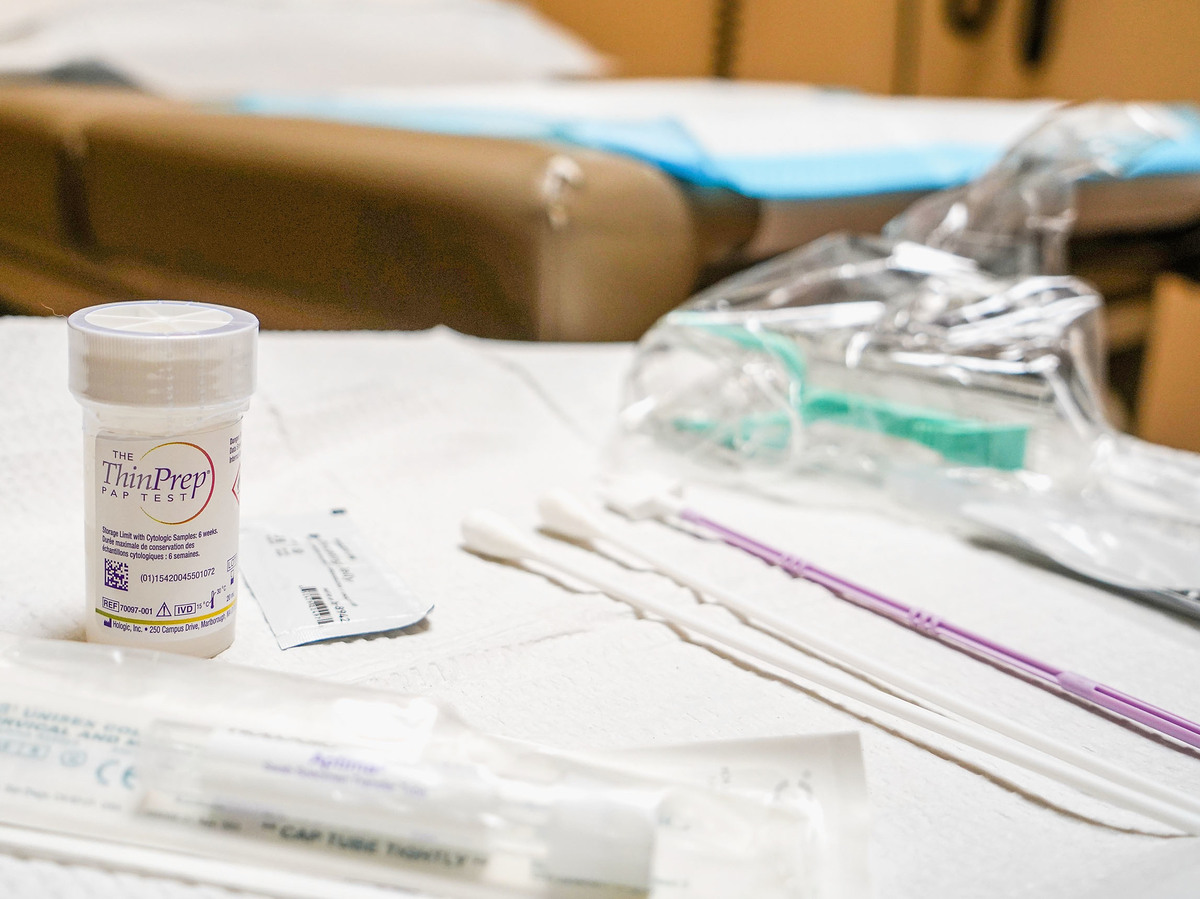
[ad_1]

Researchers at the University of California Los Angeles Department of Obstetrics and Gynecology found an increase in stage 4 cervical cancer cases. They suspect young women aren’t undergoing routine medical checks because they appear to be otherwise healthy.
Suzi Pratt/Getty Images for Hologic
hide caption
toggle caption
Suzi Pratt/Getty Images for Hologic

Researchers at the University of California Los Angeles Department of Obstetrics and Gynecology found an increase in stage 4 cervical cancer cases. They suspect young women aren’t undergoing routine medical checks because they appear to be otherwise healthy.
Suzi Pratt/Getty Images for Hologic
A new study finds that late-stage cervical cancer cases are on the rise in the U.S., and some researchers hypothesize that a decrease in screenings among young women could be why more women are being diagnosed with the deadly disease.
While the overall rate of cervical cancer in the U.S. is on the decline, the number of women suffering from advanced stages of the disease — which has a five-year survival rate of 17% — is increasing.
Researchers at the University of California Los Angeles Department of Obstetrics and Gynecology set out to investigate stage 4 cervical cancer trends in the country by analyzing data from 2001 to 2018. In a study published Thursday in the International Journal of Gynecologic Cancer, they found a 1.3% increase per year in advanced stages of the disease, with the greatest increase taking place among white women in the South aged 40 to 44, among whom cases went up 4.5% annually.
Researchers also found that Black women have an overall higher rate of late-stage cervical cancer, at 1.55 per 100,000, versus 0.92 per 100,000 in white women.
Dr. Alex Francoeur, a fourth year OB-GYN resident at UCLA, said the team’s recent study was born out of a study published last year, which found a 3.39% annual increase in advanced cases among women aged 30 to 34.
“This is a disease that only 17% of patients will live past five years,” Francoeur said. “So, if you’re a 30-year-old who won’t live past their 35th birthday, that’s tragic.”
The Centers for Disease Control and Prevention recommends women start getting Pap tests at 21 and receive a follow every three years, depending on their health history. The test screens for precancers, which if detected, can be surgically removed. Cervical cancer detected early enough can have a five-year survival rate of over 90%.
Women should also get a routine human papillomavirus (HPV) test, according to the National Cancer Institute guidelines. The virus is linked to more than 90% of all anal and cervical cancers, as well as a high percentage of other cancers.
Francoeur said she suspects many women put off routine tests because they don’t have any glaring health concerns. But HPV is the most common sexually transmitted disease, according to the CDC, so common that most sexually active people will contract the virus at some point in their lives.
Another concern is that the most recent figures are from 2018, Francoeur said, which doesn’t include the COVID-19 pandemic, during which routine health care for many was put on pause.
“I worry that the last two years people have had a lot of barriers of accessing heath care,” she said. “I think we might see this trend get a little worse before it gets better.”
Francoeur recommended that “even if you’re in your late 20s and early 30s and you don’t have any medical problems, you need a primary health doctor, because routine health exams save lives.”
[ad_2]
Source link
